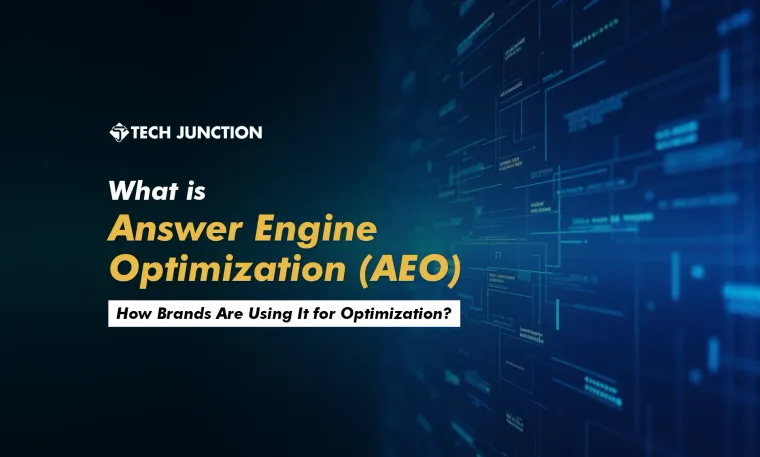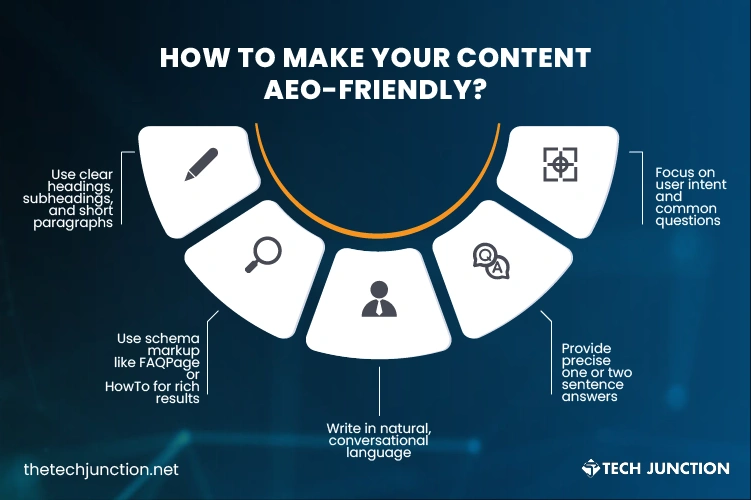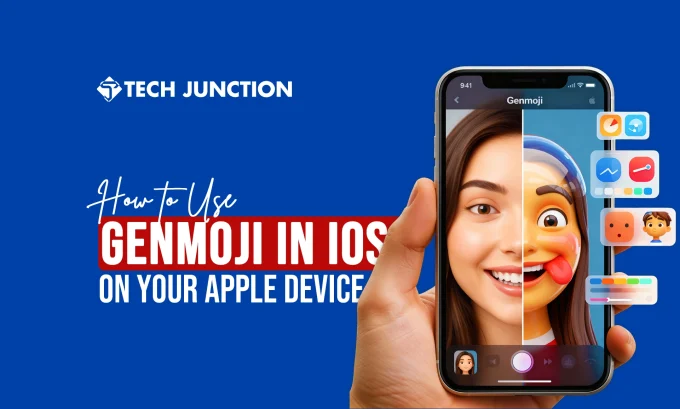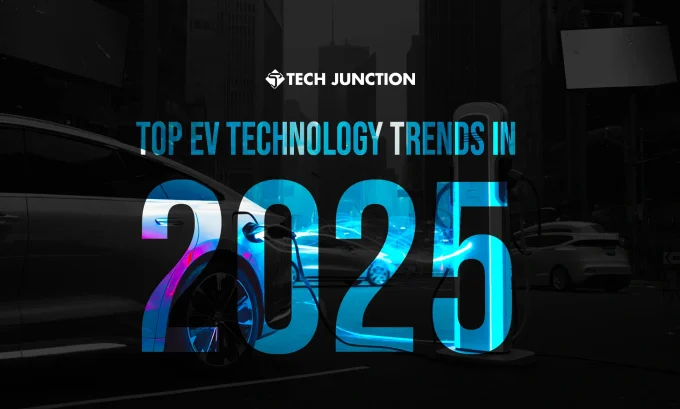Most people today don’t scroll through pages of search results anymore. They expect quick, accurate answers—whether they’re talking to a voice assistant, typing into Google, or using a tool like ChatGPT. This shift in how we search is changing the way businesses approach content. It’s not just about ranking anymore. It’s about being the answer. That’s where Answer Engine Optimization (AEO) comes in.
A Shift in How People Search
The way people search has changed over the years. It used to be about typing keywords and clicking through links. Now, people ask full questions, and they expect direct answers—instantly. Smartly enough, Google has adapted by showing answers right on the search page, often in the form of featured snippets or “People Also Ask” sections. Voice assistants read out the top answers. AI tools summarize responses without always linking back to a website.
So, what does this mean for businesses? Well, it’s high time they think beyond keywords and start focusing on how to provide helpful, clear answers, because that’s precisely what the searchers – aka real humans – are looking for!
What is Answer Engine Optimization (AEO)?
AEO is about making your content easier for machines to understand and present as an answer. Instead of just aiming to rank high on a page, the goal is to be selected as the actual answer—whether by Google, Alexa, or an AI chatbot. This, then, requires thoughtful formatting, simple explanations, and a good grasp of how your audience phrases their questions.
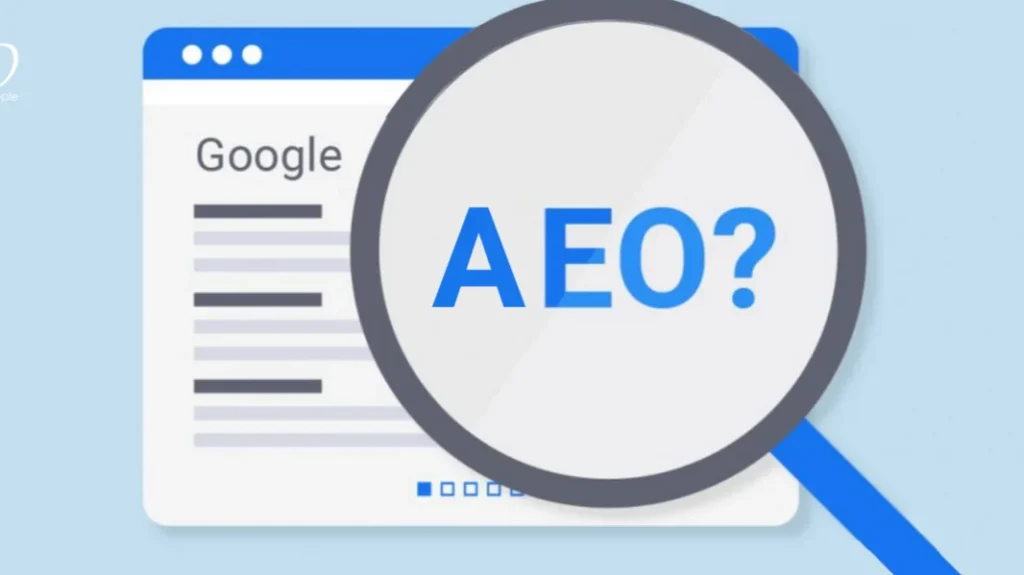
The Rise of Zero-Click Search
Well, search engines are moving toward zero-click answers—where users get what they need without visiting a site. Zero-click search refers to a search result where the user’s query is answered directly on the search results page—without the need to click through to any website. This could be in the form of featured snippets, knowledge panels, definitions, weather forecasts, or even direct answers provided by AI. While this trend improves the user experience by delivering faster answers, it also means that businesses must rethink how they measure success in search. Ranking alone isn’t enough—visibility within those instant answers is now critical.
From an AEO perspective, zero-click searches highlight the importance of structuring content to be the answer, not just part of a longer article. If your content provides the answer, you get the visibility, trust, and brand recall—even without a click. For brands, this visibility can boost authority, trust, and even conversions—despite fewer actual clicks—because users begin to recognize them as credible sources in the moments that matter.
Related Article:
Top 5 Google Chrome Extensions for SEO Experts
How to Make your Content AEO-Friendly?
Creating AEO-friendly content isn’t about reinventing the wheel—it’s about presenting useful information in a way that both humans and machines can quickly understand. To increase your chances of being selected as a trusted answer, your content should be clear, structured, and purpose-driven.
Start with a strong foundation: use clear headings, subheadings, and short paragraphs to make scanning easier. Search engines favor content that’s easy to navigate. Incorporating schema markup (like FAQPage, HowTo, or Article types) gives your content the technical clarity it needs to be indexed and featured in rich results or voice responses.
Most importantly, language matters. Focus on using natural, conversational phrasing that reflects how real people really ask questions—especially out loud. This makes your content more compatible with voice assistants and AI tools.
Lastly, prioritize precision. If you can answer a user’s question in one or two well-crafted sentences, do it. Many featured snippets are short for a reason: they deliver immediate value without extra fluff.
Hence, to stand out in answer-driven search, your engine optimization strategies should focus on clarity, structure, and user intent. AEO isn’t just a tactic—it’s a shift in how smart engine optimization positions your content as the best answer, not just another result.
Real-World Examples of AEO in Action
Here’s how some well-known brands are putting AEO into practice:
Shopify – Educating Through Step-by-Step Guides
Shopify, the popular e-commerce platform, ranks for thousands of practical queries like “how to start a dropshipping store.” They’ve designed their blog posts with headers, short sections, and embedded lists—ideal for both human readers and search engines. This structure helps them appear in Google’s answer boxes and gives new entrepreneurs useful, actionable guidance.
Ahrefs – Making Complex Topics Easier to Grasp
Ahrefs, a dominant player in the SEO industry, produces detailed guides on SEO topics like domain authority or keyword research. What stands out is how they lead with a short, clear definition, followed by deeper explanations. This approach works well for featured snippets and boosts their authority in AI-generated search tools.
HubSpot – Glossary Pages that Speak to Voice Search
Mistakes to Watch Out For
One of the most common pitfalls in Answer Engine Optimization is failing to structure content in a way that machines—and humans—can easily understand. Many brands still publish dense, unformatted blocks of text that may contain valuable insights but are difficult for search engines to extract and use. Without clear headings, concise summaries, or schema markup, content is unlikely to surface in featured snippets or voice responses. Schema, especially, is not just a technical detail—it’s a critical signal that helps search engines categorize and prioritize your answers. Overlooking this step can mean missing out on placements where AI tools and voice assistants pull their top responses.
Another frequent mistake is prioritizing keyword stuffing over natural, conversational language that aligns with how real users ask questions. Brands sometimes fall into the trap of optimizing for outdated search models, resulting in robotic phrasing that neither resonates with readers nor performs well with AI-driven search systems. Effective AEO content mirrors user intent and reflects how people actually speak—especially in voice queries. It’s also a mistake to assume that long, detailed content always performs better. In reality, most featured answers are under 60 words. That’s not because short content is better, but because well-edited, precise language is more effective in satisfying the intent of quick-answer algorithms.
What’s Next for AEO?
As users increasingly turn to AI assistants, voice search, and generative tools like ChatGPT for quick answers, the race to become a reliable, go-to source of information is heating up. This is where Answer Engine Optimization comes in—not as a replacement for SEO, but as a powerful extension of it. At its core, AEO is about delivering clear, structured, and context-aware answers that align with how people naturally ask questions.
Brands that invest in this approach aren’t just chasing rankings—they’re positioning themselves to be the first answer, the default source, and the trusted voice across emerging platforms. In a world where attention is short and answers are instant, that kind of visibility is hard to beat.
Long story short, AEO is no longer optional—it’s how you stay relevant in search, no matter where or how the search begins.
The Tech Junction is the ultimate hub for all things technology. Whether you’re a tech enthusiast or simply curious about the ever-evolving world of technology, this is your go-to portal.

